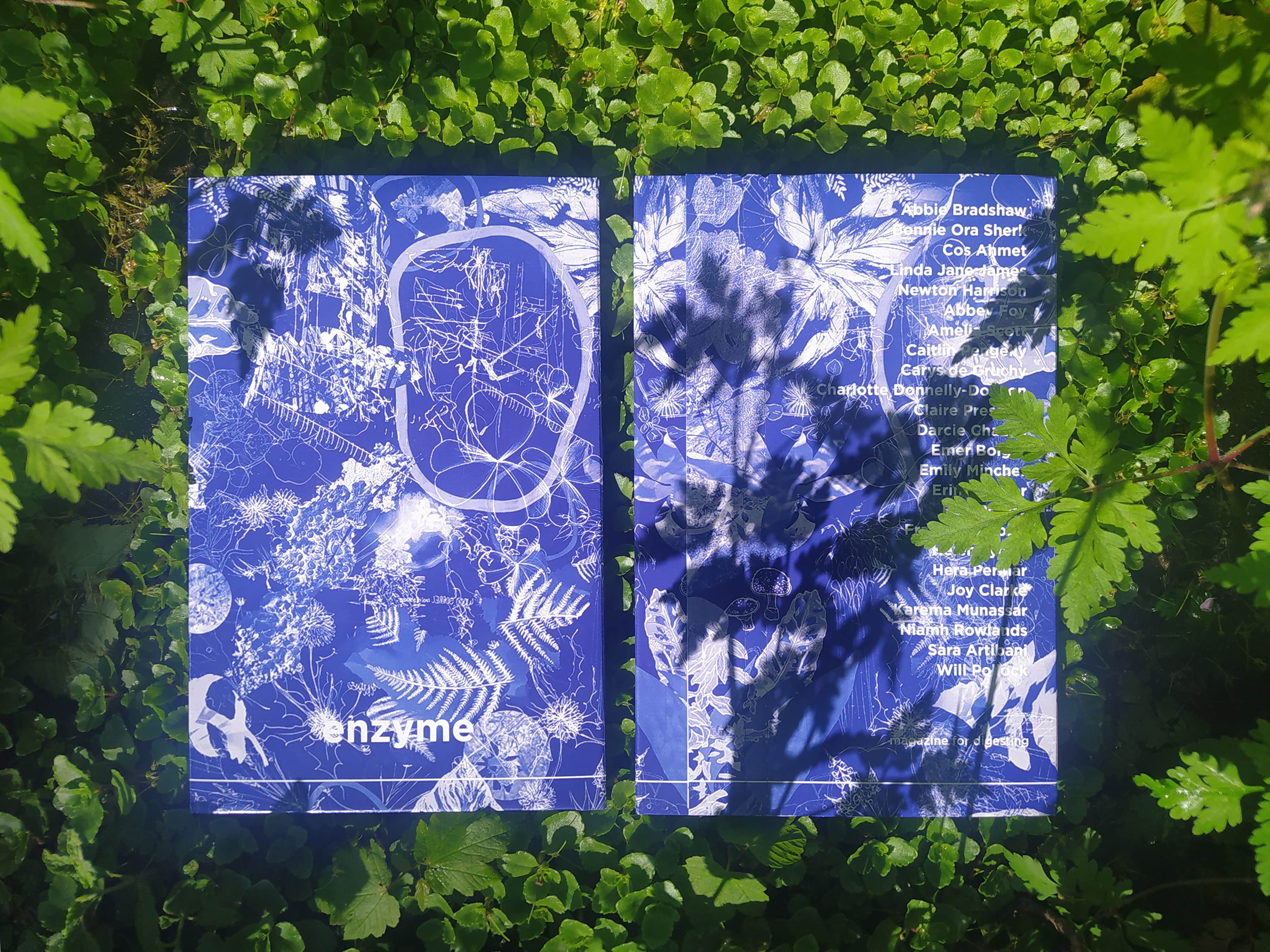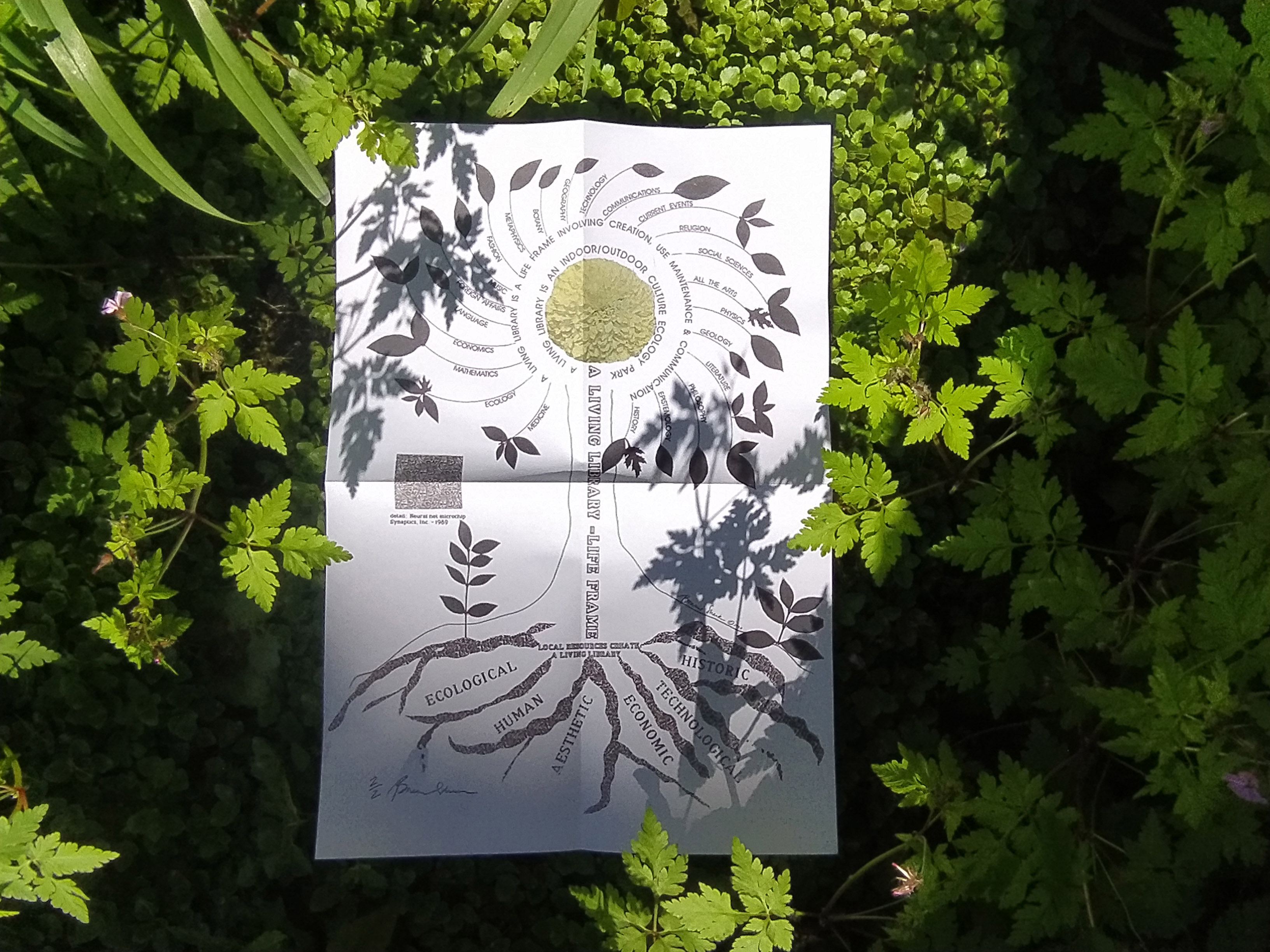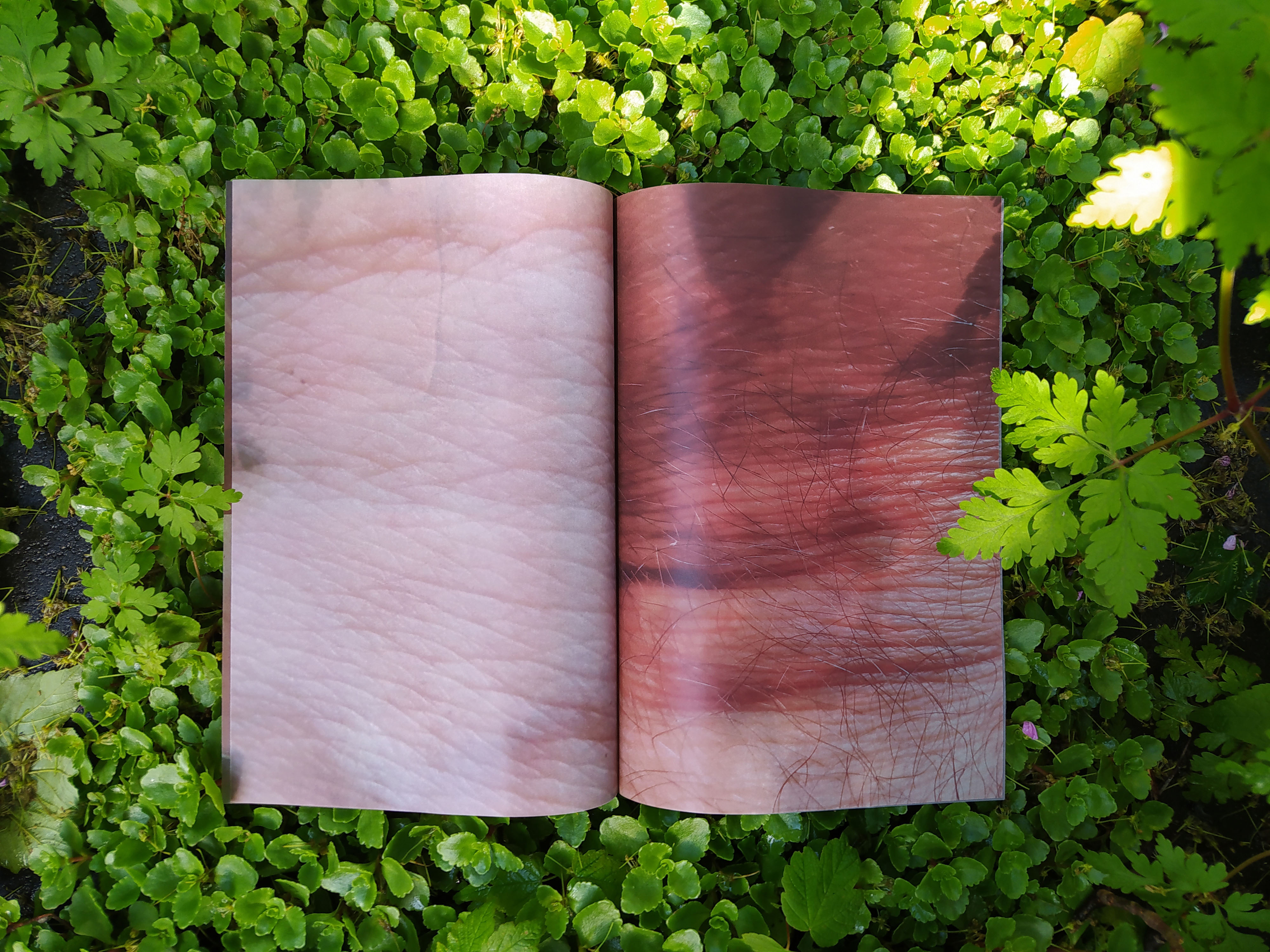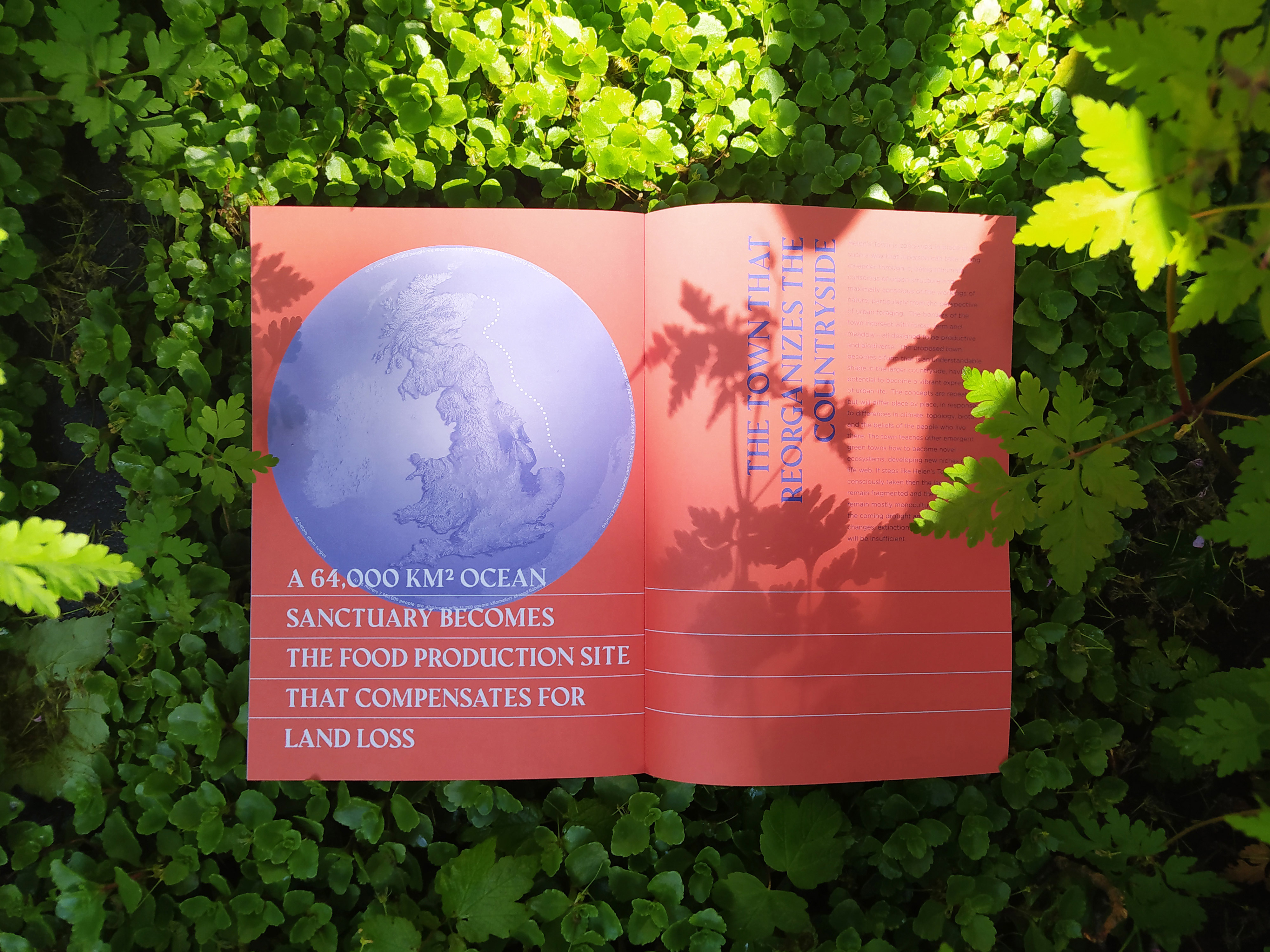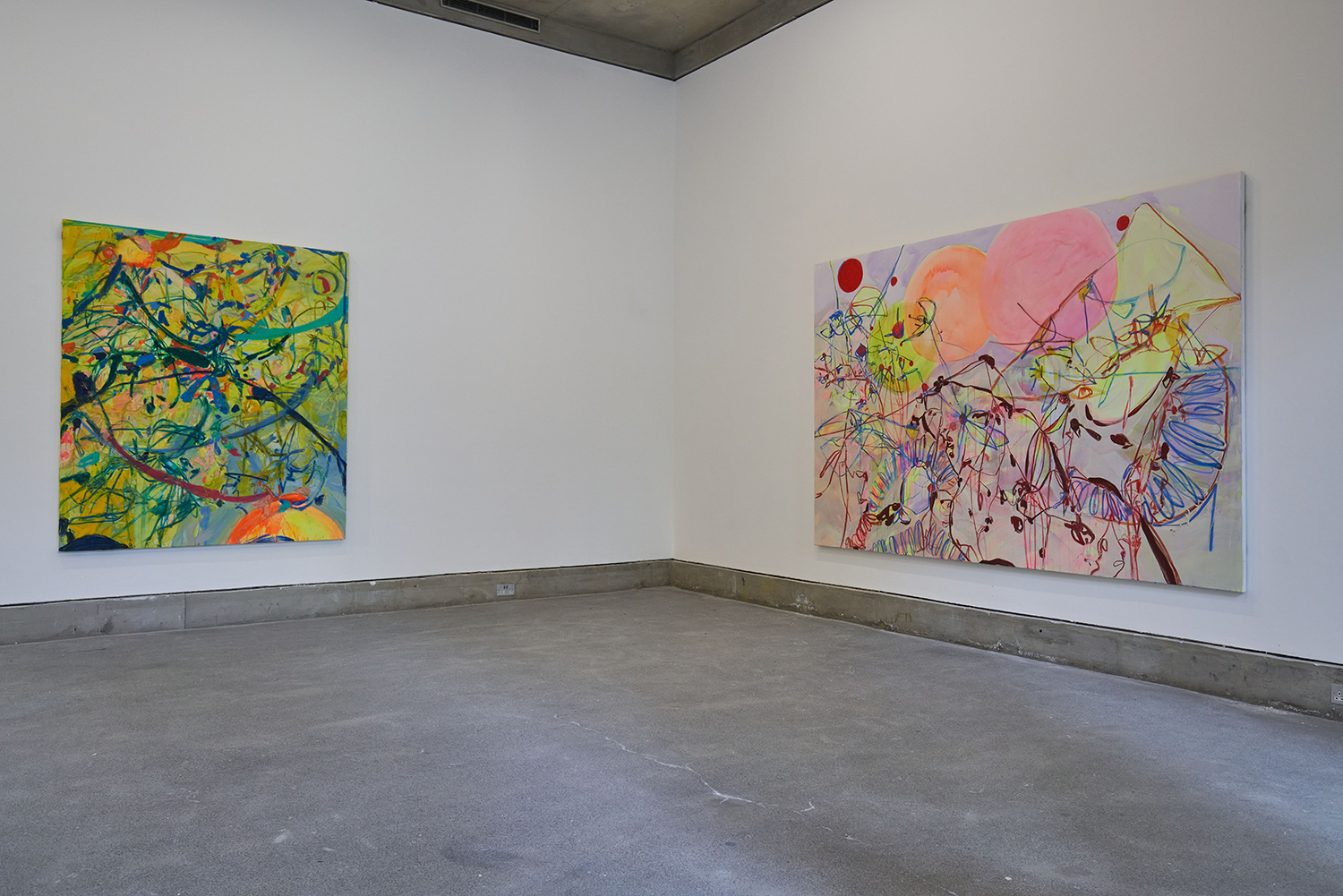Session 1: Following the Water
15 June 6 - 8pm
In this session, we will unpack the contributions by artists Bonnie Ora Sherk and Linda Jane James to Enzyme #2.
Taking a lead from water, a key protagonist in their work, we will discuss how streams and brooks interact with the environment, shaping the world of humans and more-than-humans alike.
Bonnie Ora Sherk will walk us through her investigation of watersheds, presenting images and stories around her site-specific, landscape-based work. In her illustrated talk, she will also expand on her long-term project A Living Library, as well as the tool kit that she conceived for Enzyme.
Linda Jane James invites us to join her for a visual journey to the Welsh coast, which served as inspiration for her magazine project. Reflecting on the liquids that leave their imprint on rocks and stones, she will speak about natural and artificial waterways, trickle-down effects and climate change. Join us for a mixed-media exploration of water systems, liquidity and the malleability of life.
About Bonnie Ora Sherk
Bonnie Ora Sherk (b. New Bedford, Massachusetts, USA), lives and works in New York and San Francisco, USA. She is known as a pioneering ecological artist, landscape architect and educator. Forming a new planetary genre of art that she calls FUNCSHUIONAL ART, her artworks, as the name implies, integrate styles and methodologies of western, eastern, northern, southern cultures and global indigenous cultures. Her landscape-based artworks, called A LIVING LIBRARY (A.L.L.), transform both the environment and consciousness of people, and are meant to be developed globally with interconnected BRANCHES. In 2000, she was named a Laureate of the Smithsonian Institution, nominated by Steve Jobs, of Apple Inc. Sherk’s works have been exhibited internationally in museums and galleries, including the Venice Biennale, Italy (2017), Parco Arte Vivente, Italy (2018, 2015), Van Abbe Museum, Netherlands (2016, 2014), and MOMA PS1, USA (2015). Both her current work and her 1970s ENVIRONMENTAL PERFORMANCE SCULPTURES feature in numerous publications and journals, worldwide.
About Linda Jane James
Linda Jane James (b. 1965, Dorset, UK) lives in Wales. Trained as a chartered accountant before transitioning to fine art, Linda’s practice examines what it means to ‘give an account’ or ‘hold to account’. She works at the intersection between art, accounting and the environment. Linda takes her immediate surroundings as a starting point for gathering fragments of sound, image and text, bringing together human and other-than-human voices in order to shed light on business, social and environmental relationships. She is currently studying for an MA in Fine Art at Liverpool John Moores School of Art and Design.
